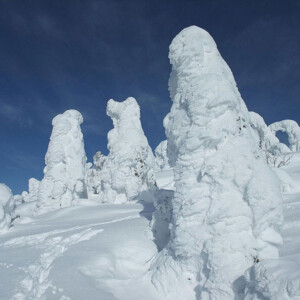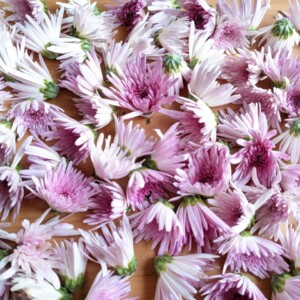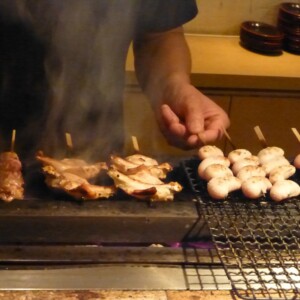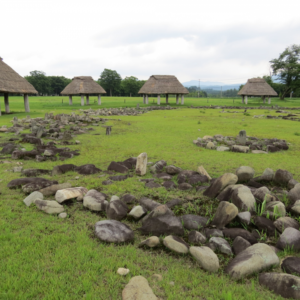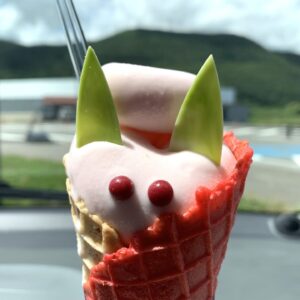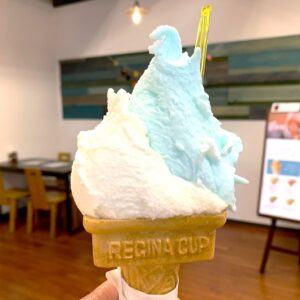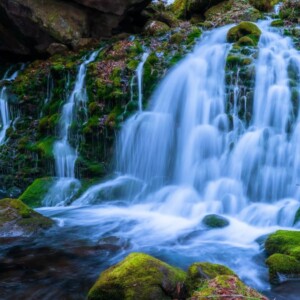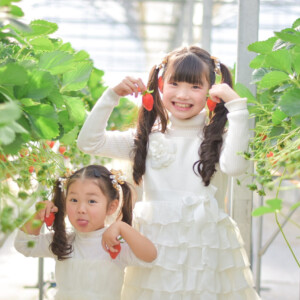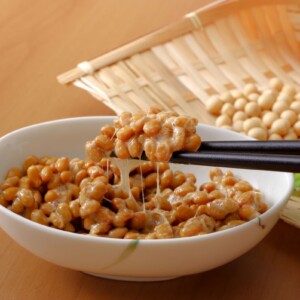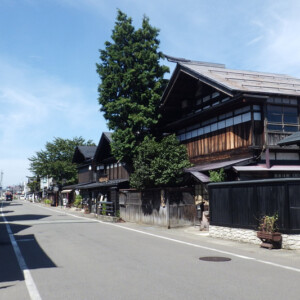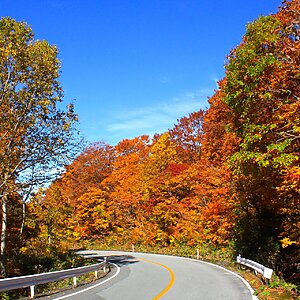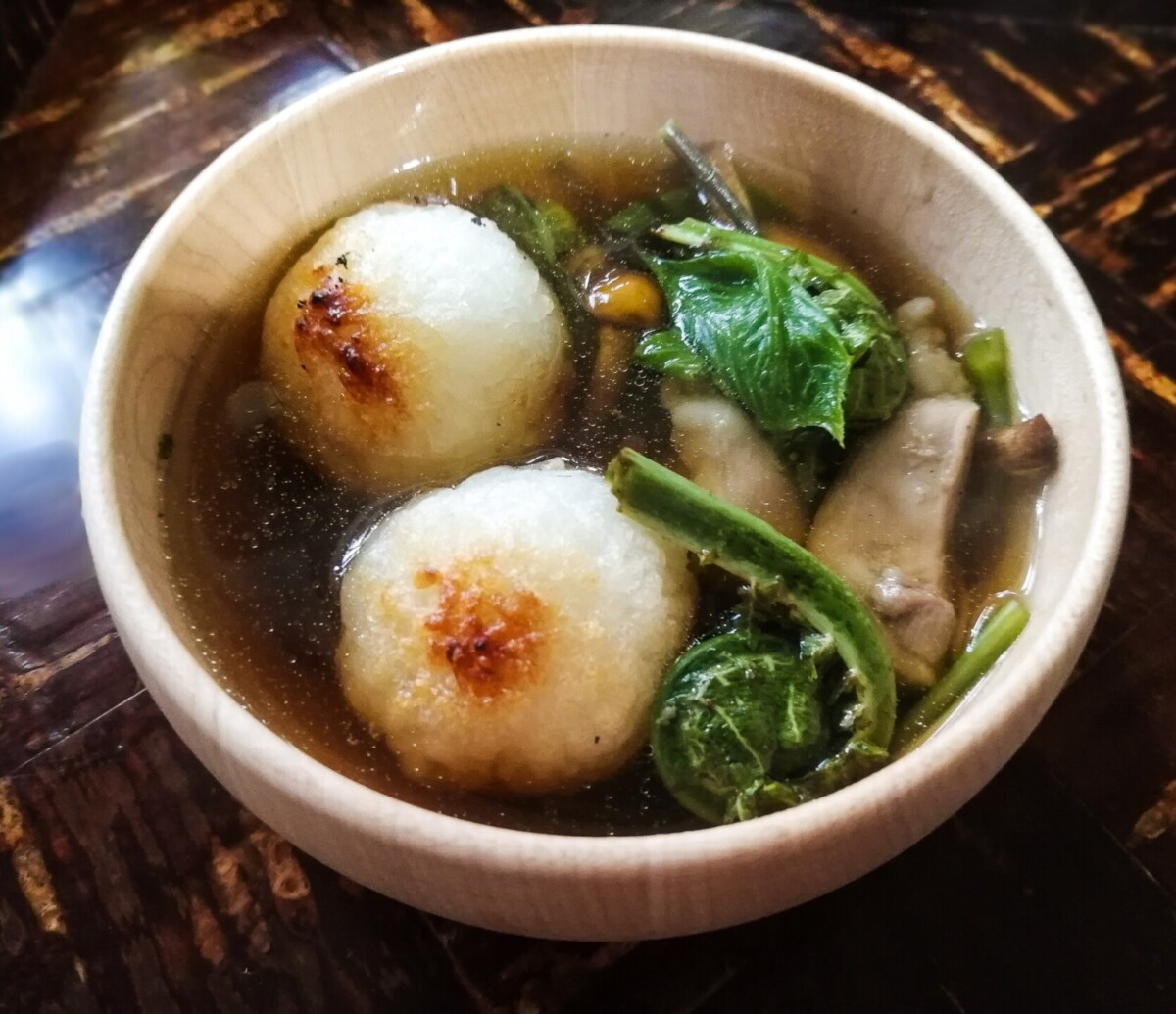
What is Damakomochi? Detailed explanation of the differences and origins of Kiritanpo [Akita Prefecture]
table of contents
Akita Prefecture damakomochi , which is very similar to kiritanpo, but many people may not be able to tell the difference.
In this article, we will explain in detail everything from the origin of damakomochi to the recipe for delicious damakomochi.
What is Damakomochi?
Damako mochi is made by boiling non-glutinous rice, crushing it in a mortar until only a few grains remain, and rolling it into a dumpling with a diameter of about 3 cm.
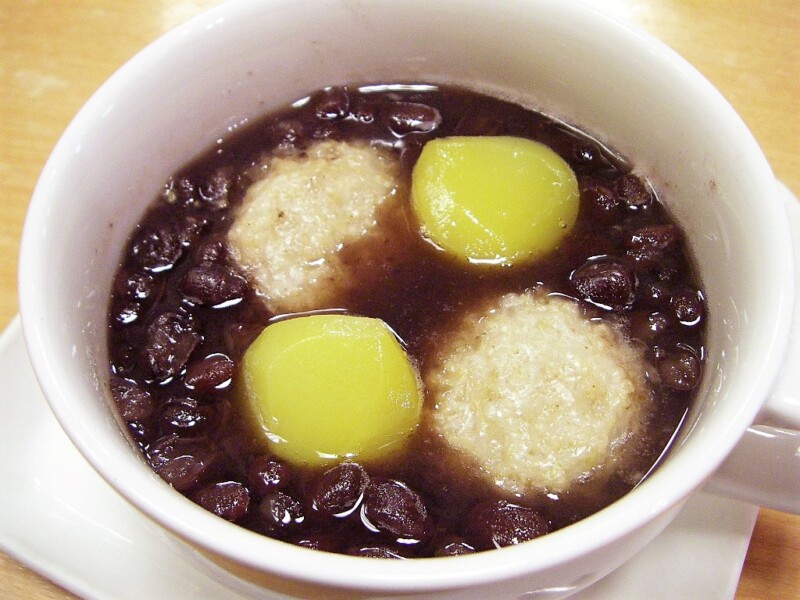
`damakomochi' ``dama'', which means to crush and roll the rice, is accompanied by the diminutive ``ko'', which expresses the emotional meaning ``small'' or `` a little'' ``damako,'' which means beanbag in the Akita dialect , but the exact truth is unknown.
About the origin of Damakomochi
There are various theories about the origin of damako mochi, but I will introduce two representative ones.
The theory that it originated from tsukego dishes
, there is a dish called ``tsukego'' in which grilled fish caught in Hachirogata, such as smelt and whitebait fish, is placed in a pot and seasoned with miso . There is a theory that it originated from people who would tear it into bite-sized pieces and dip them in the food
The theory is that this is how forest workers eat their lunches.
said that the forest workers around Hachirogata Town used to eat bento rice by placing it on a stump and crushing it with the back of an ax , and this way of eating is said to be the origin of damakomochi.
「Difference between “Damakomochi” and “Kiritanpo”
What is the difference between "Damakomochi" and "Kiritanpo"?
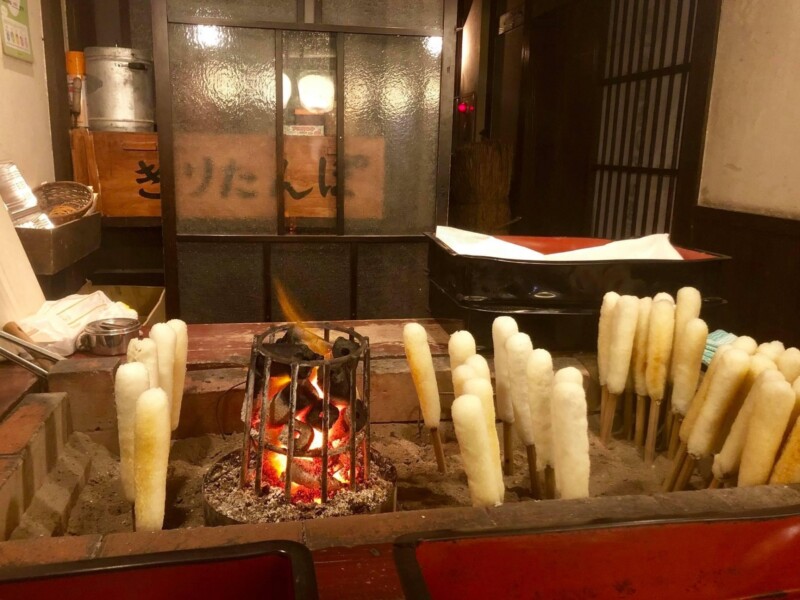
I have summarized it in a table.
| Damakomochi | Kiritanpo | |
| shape | Dumpling shape | rod-shaped |
| Whether to bake or not | Don't bake | bake |
| recipe | pot | Hot pot and miso sauce |
| Areas where you often eat | Central Akita Prefecture/Noshiro Yamamoto region | Northern Akita Prefecture |
``hare'' days such as when inviting guests , and damako mochi is a dish eaten on everyday ``ke'' days , but compared to kiritanpo, damako mochi is stick-shaped. It is thought that this comes from the fact that it is easy to make, as there is no step of cooking and baking it.
Delicious recipe for Damakomochi
Damako Mochi Nabe, which was originally a local dish of the Nanshu region around Hachirogata , used grilled fish caught in Hachirogata such as smelt and whitebait for the soup stock, but as Hachirogata was drained, the catch decreased. the drastic decline , chicken bones are now used in soup stock instead of fish.
I'd like to introduce you to a recipe for a chicken bone damakomochi hotpot , where you can enjoy damakomochi deliciously
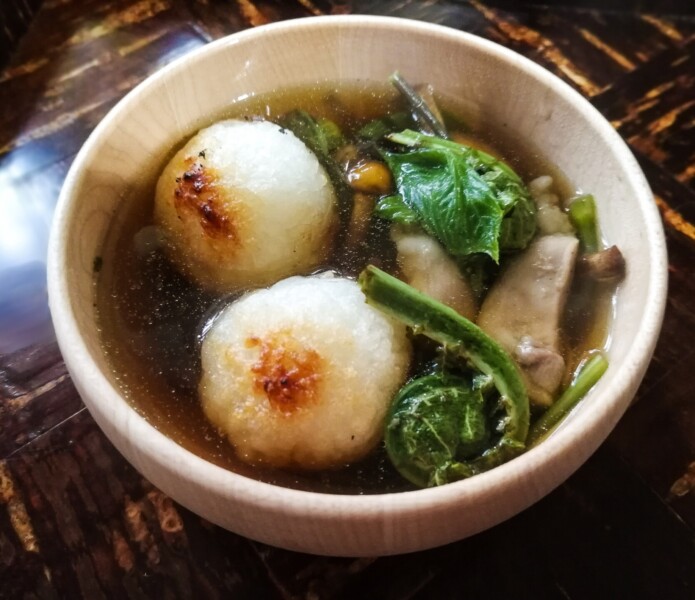
Ingredients (for 1 person)
- Chicken bones (100g)
- Water (appropriate amount)
- Chicken thigh (1/2 piece)
- Japanese parsley (1/4 bag)
- Burdock (1/4 piece)
- Green onion (1/4)
- Thread konnyaku (1/4 bag)
- Rice (1/2 cup)
- Soy sauce (appropriate amount)
- Cooking sake (appropriate amount)
- Mirin (a little)
How to make
- Place the rice in a mortar, crush it with a pestle until a few grains remain, and roll into dumplings about 3cm in diameter.
- Cut the chicken thighs, parsley, burdock, and green onions into bite-sized pieces.
- Wash the konnyaku thread well and cut it into pieces.
- Put the chicken bones and water in a pot, bring to a boil, and remove the stock.
- Remove the chicken bones, add soy sauce, cooking sake, and mirin to your taste and bring to a boil.
- Add the chicken and burdock and bring to a simmer (start with the hard ingredients so they cook evenly)
- Add the konnyaku thread and bring to a simmer.
- Add damakomochi and simmer.
- Add the parsley and green onions and bring to a simmer.
- Once the Damako Mochi and Ito Konnyaku are soaked with flavor and slightly colored, they are ready.
The broth comes from both the chicken bones and the chicken, giving it a gentle flavor.
There is an easy way to make it using commercially available chicken stock, but if you want to make it delicious, we recommend carefully making the stock from the chicken stock.
lastly
Damakomochi is a home-cooked dish that is often eaten in central Akita Prefecture and the Yamamoto region of Noshiro.The ingredients are very similar to Kiritanpo, but Kiritanpo has a stronger meaning as a feast or behavior dish, and Damakomochi is I understand that it is considered a regular meal.
Be sure to try the warming damako mochi in the cold winter.


![Hot springs gush out in a place where there are no volcanoes! "Yuzawa Geopark" where you can see the mystery of the earth up close [Akita Prefecture] 4550228_m](https://jp.neft.asia/wp-content/uploads/2023/02/4550228_m-150x150.jpg)
![The popular game "Matagi" started in Kitaakita City! [Akita Prefecture] matagi](https://jp.neft.asia/wp-content/uploads/2024/04/matagi-150x150.jpg)
![Yurihonjo City, where Honjo, Kameda and Yajima domains were intersected between the Kubota and Shonai domains [Akita Prefecture] FF2C8AAA4350E7E179F97F97B38B3A2302F-1](https://jp.neft.asia/wp-content/uploads/2024/04/ff2c8aaa4350e7e179f97f38b3a2302f-1-150x150.jpg)
![Why do Nama balds take knives to tempt people - Oga Peninsula and the Legend of the Demon (1) [Akita Prefecture] New Year's Eve Event 001 @OGA City](https://jp.neft.asia/wp-content/uploads/2024/10/00bf8a32651033edd1191ba2d04c6f61-150x150.jpg)
![Akita Cedar, which has been close to people's lives since ancient times, is a close look at the reasons and secrets [Akita Prefecture] Ninfu Mizusawa Cedar Rare Population Protection Forest (Noshiro City, Akita Prefecture)_Travel Tohoku](https://jp.neft.asia/wp-content/uploads/2025/05/792bcbe7d9fd514753f4deeaca3de33f-150x150.jpg)
![The submerged forests of Lake Akiogi can only be seen from May to June! A mysterious sight with trees floating in the lake [Akita Prefecture] Submerged forest of Lake Akifan](https://jp.neft.asia/wp-content/uploads/2023/07/IMG_5033-150x150.jpg)
![[Chokaisan and Tobishima Geopark: Yurihonjo Edition] A strata from when Japan was the Eurasian continent can be seen B5C46A18BC0CC0CC0E9AD08084EAA5B](https://jp.neft.asia/wp-content/uploads/2024/04/b5c46a18bc0cc79de0e9ad08084eaa5b-150x150.jpg)
![Is Nama bald real? Traces of demons remaining throughout the Oga Peninsula - Oga Peninsula and the Legend of Demons (2) [Akita Prefecture] 1. Namahage Shiba Lighting Festival](https://jp.neft.asia/wp-content/uploads/2024/09/1076350e647a6476081bad8cd4fd6159-150x150.jpg)
